How to bleach tulle at home - effective folk remedies
Classic white tulle remains the leader in window decoration, even despite the huge selection of curtains, curtains and curtains. But street dust, kitchen fumes, cigarette smoke and sunlight over time turn the snow-white surface into a thin gray matter with yellow stains. It is quite possible to whiten yellowed tulle at home using folk methods.
Bleaching tulle with table salt
You need to prepare several tablespoons of ordinary table salt (it is better to choose a large one), washing powder (you can even without a whitening effect) and a basin. Dissolve the salt and powder in clean warm water. The tulle should be left to soak in the solution for several hours or overnight, and then rinse the fabric well in clean water. For stubborn dirt, an additional wash may be required.
The method is also suitable for “prevention” of curtains losing their presentable appearance. So, it is advisable to immerse the tulle in a saline solution after each wash for literally a few minutes.
The method allows you to qualitatively bleach minor dirt with minimal financial costs. Table salt can be found in any kitchen, in addition, it is not an allergen, which means it is suitable for washing curtains from a children's room.
Bleaching white tulle with blue
For hand washing, dissolve half a teaspoon of blue in seven to ten liters of warm water. It is important to make sure that there are no “lumps” in the solution that can later leave streaks on the fabric. Tulle curtains must be thoroughly rinsed, first in a blue solution and then in clean water. To bleach tulle in the washing machine, just add blue to the rinse aid container (one cap is enough).
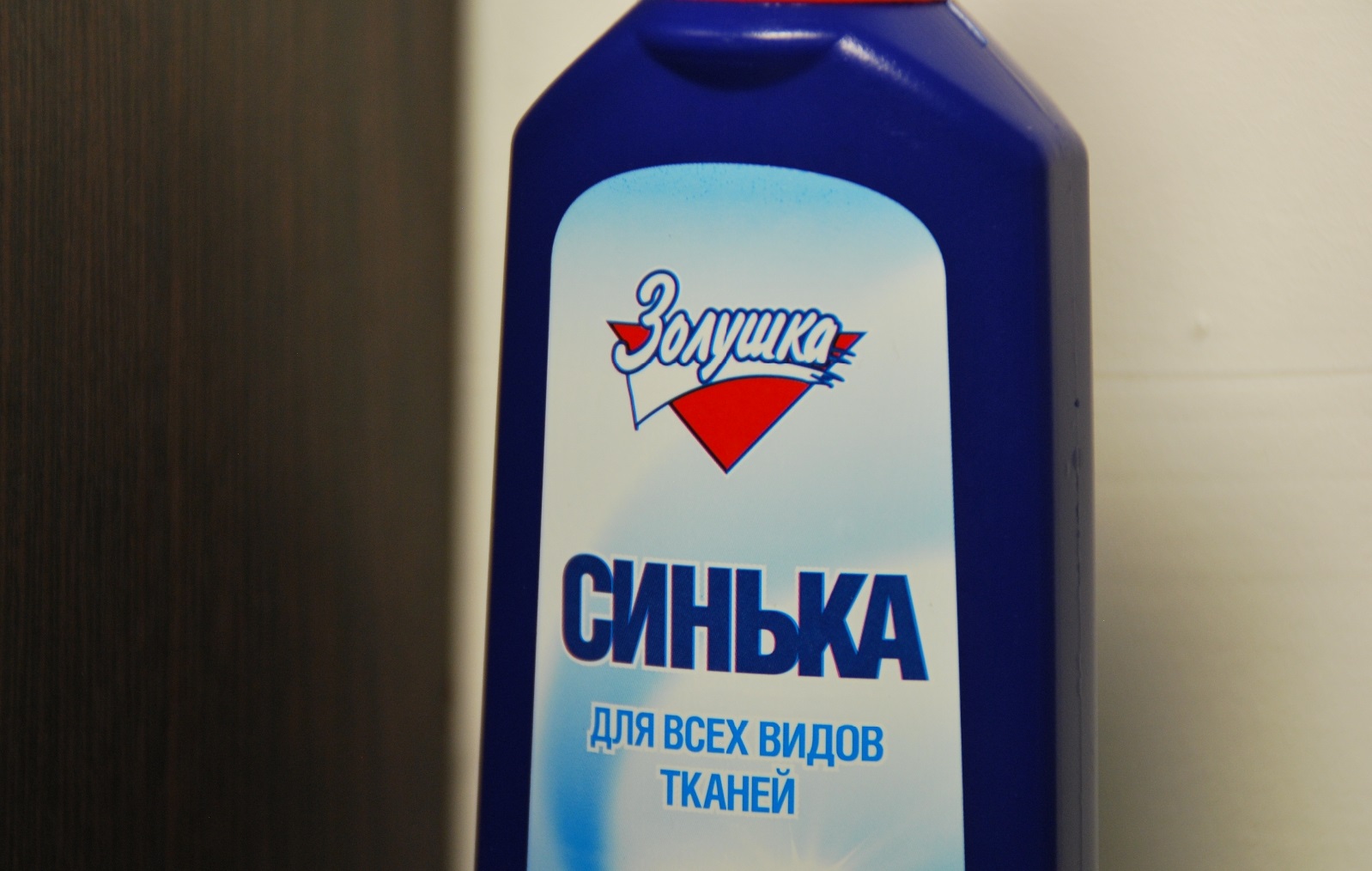
Bleaching curtains with green paint
For bleaching with green paint, the fabric must be thoroughly washed beforehand. You need to stir 5-10 drops of brilliant green in a glass of warm water and leave for a couple of hours, then the solution (if there is no sediment at the bottom of the glass) should be poured into a bowl for rinsing. Curtains should be left in the solution for three to five minutes, turning over from time to time. It is easy to whiten tulle with green paint, but it is very important to mix the medical solution well with water, otherwise light green solutions may remain on the fabric, which is quite difficult to get rid of.
Whitening with peroxide and ammonia
The whitening solution is prepared as follows:
- Prepare hydrogen peroxide and ammonia, as well as water (heated to about 60 degrees Celsius) and a bowl for rinsing.
- You need to mix one teaspoon of alcohol and 2-3 tablespoons of peroxide, mix the solution thoroughly.
- It is necessary to soak the tulle for half an hour, and then rinse the fabric well in clean water, squeeze it easily and hang to dry.
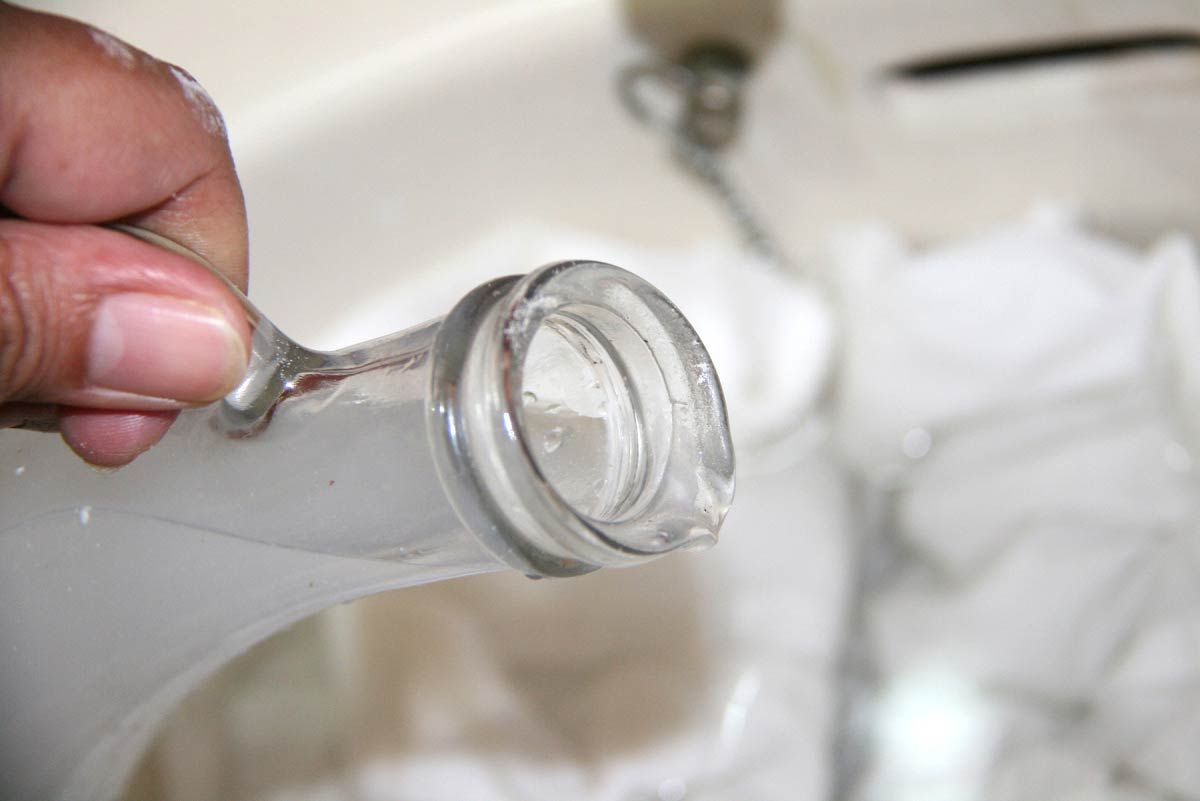
This kind of whitening gives good results. In addition, both peroxide and ammonia are cheap products, and washing will not take long (you do not need to soak the fabric in the solution overnight, as is required in most methods).
Whitening with potato starch
Starch will not only allow you to wash the tulle from yellowness - after such processing, the fabric will hold its shape well. Before soaking directly in the cleaning solution, the curtain must be well shaken off dust or washed (which is especially important in case of heavy dirt). Then you need to thoroughly stir one full glass of regular starch in a bowl of warm water (7-10 liters) and leave the curtains in the resulting solution for five to six hours. After washing, the fabric does not need to be wrung out, it is enough just to hang it up to dry. You can hang curtains directly on the cornice.
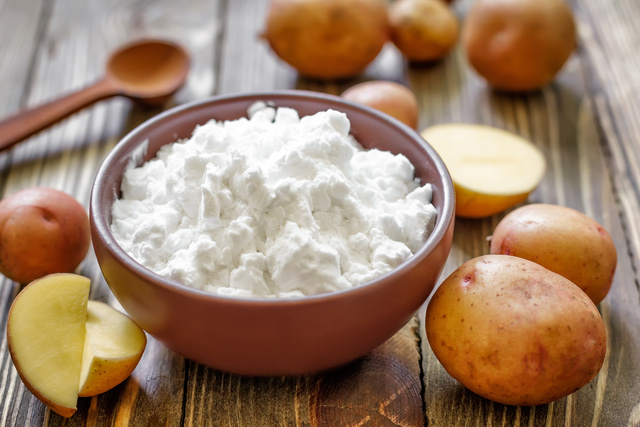
Bleaching tulle with potassium permanganate
How to bleach tulle? Washing curtains with potassium permanganate gives an excellent result, which, moreover, lasts a long time. The solution is prepared in this way:
- Coarsely grate laundry soap. You will need four to five tablespoons, which you need to stir in warm water.
- Next, you need to dissolve a small amount of potassium permanganate in water. It is important to ensure that the potassium permanganate is well dissolved and no sediment remains.
- The tulle should be soaked in a basin for half an hour and then washed in the usual way (by hand or in a washing machine).
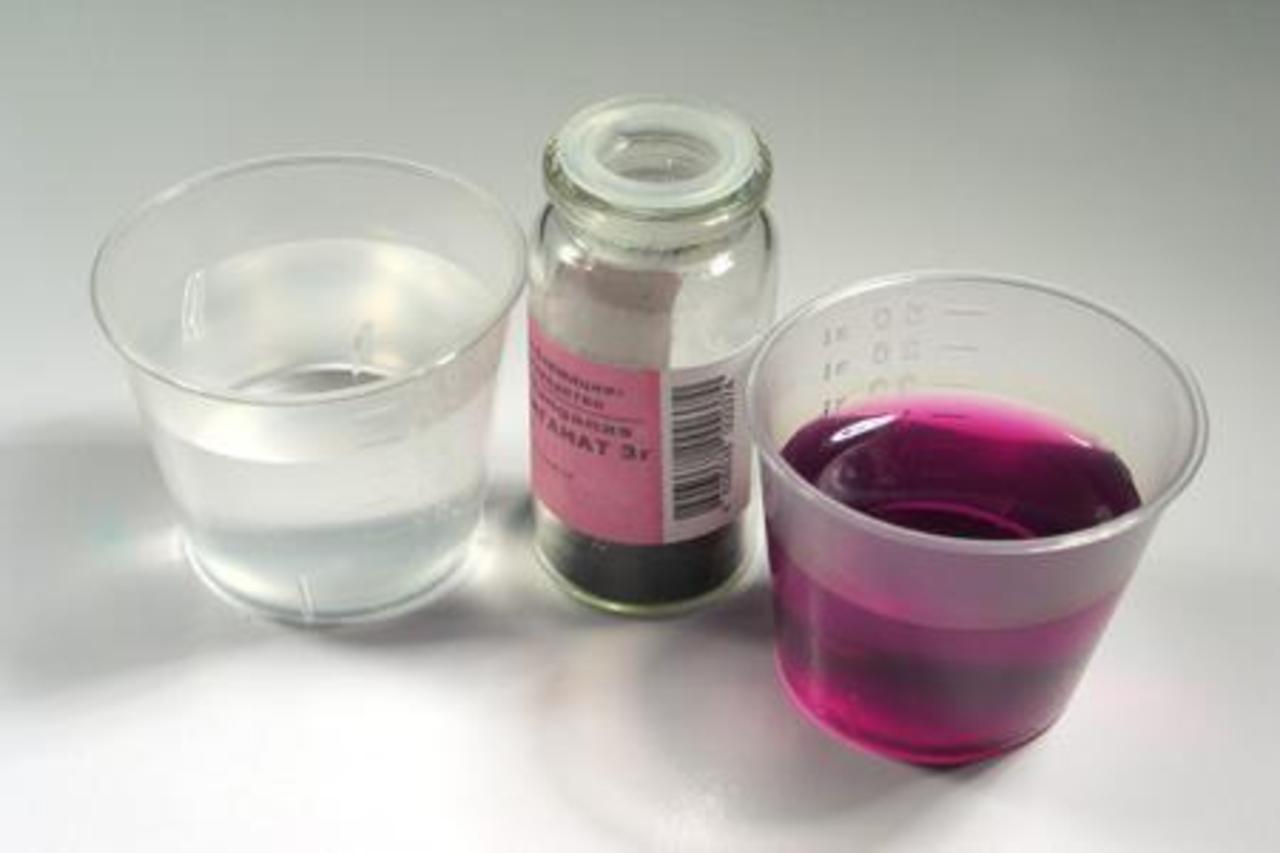
Digestion with laundry soap
How to bleach tulle at home according to “grandma's recipes”? Digestion is a good method that has proven itself positively, but at the moment it is completely outdated and only suitable when other methods are ineffective. You will need a large saucepan and a small amount of washing powder or laundry soap, previously grated. The detergent must be dissolved in water and put on fire. Curtains need to be boiled for an hour, stirring from time to time. The method is very economical, but labor-intensive, as it requires constant presence nearby.
Whitening severely yellowed tulle
Heavily soiled tulle is difficult to bleach with only one of the above methods, since an integrated approach is required. So, you can alternately try to boil the yellowed fabric in soapy water, wash with the addition of hydrogen peroxide and ammonia, bleach first in salt, and then also in starch. This approach, as a rule, allows you to remove even heavily stubborn dirt. To preserve the result, you can repeat the wash (you can already use one bleaching agent) after one to two weeks, and then rinse the fabric in a solution of sodium chloride.

Are modern remedies effective or whiteness
Of course, sometimes it's much easier to just buy a detergent with a bleaching effect and start an automatic wash, but how effective are store-bought bleaches? As a rule, a visible result can only be observed after the first wash with a new detergent. Further, the effectiveness of modern tools is gradually fading away.
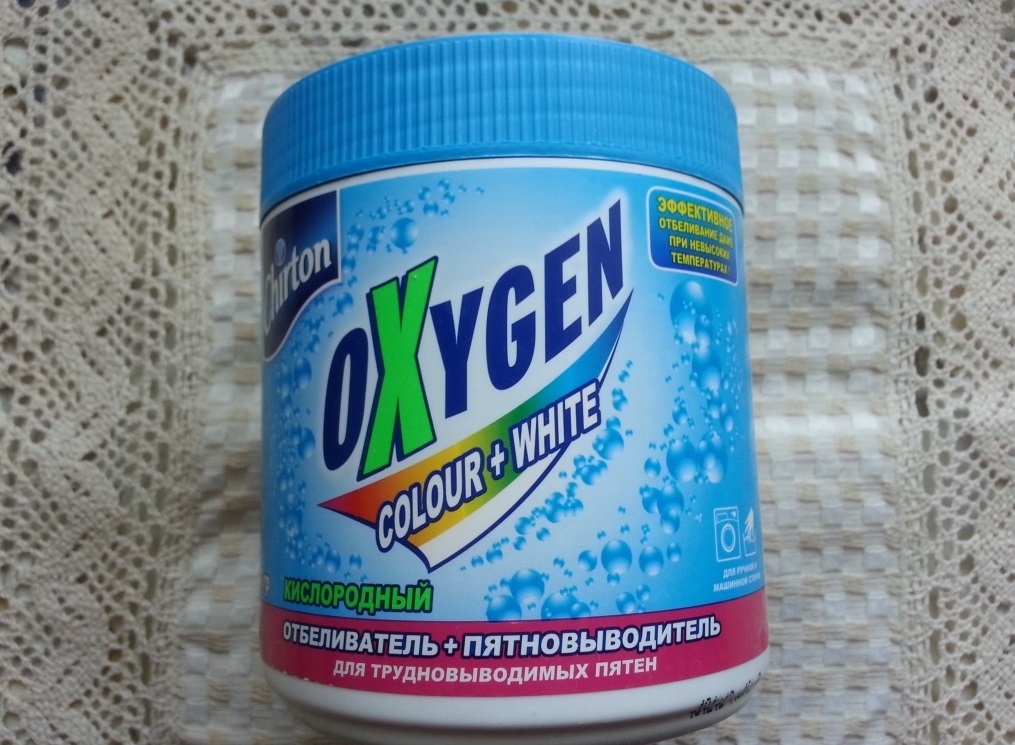
When it comes to whiteness, an aggressive product simply “destroys” the fabric. After several applications, the tulle can tear from any careless movement, and the resulting shade will more likely resemble unpleasant yellowness than snow-white. So, it is better to dwell on time-tested folk methods, and not to chase the "innovative formulas" of store-bought whitening products.
A number of recommendations can be distinguished that will allow you to avoid mistakes during washing and keep the result obtained for a long time. So, shake the tulle well before soaking in any cleaning solution. The optimum water temperature is 30-35 degrees. Too hot water will only “seal” dirt, while cold water is simply ineffective against greasy stains.
When washing, you can add a few teaspoons of vinegar to the water. From this, the curtains will shine in the sun, and there will be no unpleasant smell from such a small amount.
Before washing or soaking, the curtains must be carefully folded, otherwise creases may appear on the fabric later. After washing, the tulle does not need to be ironed - it is quite easy to wring out the fabric (without twisting) and hang to dry. Damp curtains will straighten under their own weight.
